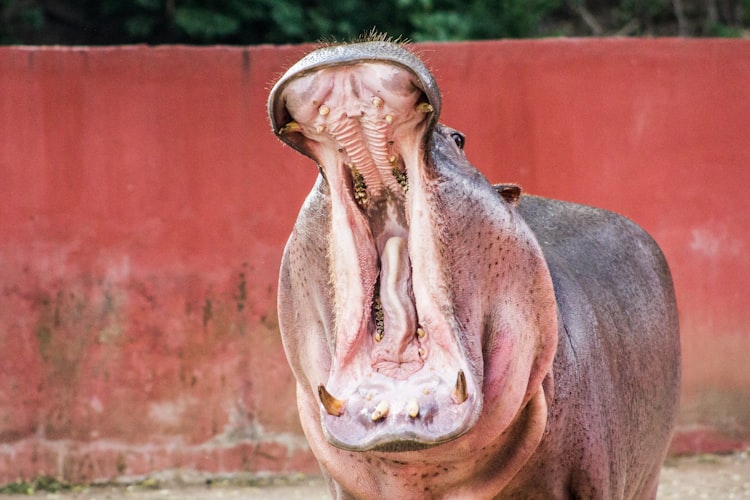Tummy Tuck

What is it?
Tummy tuck. Abdominoplasty.
This is a surgical procedure to improve the shape and appearance of your tummy.
This involves removing excess skin and fat, and tightening up the connective tissue in the abdomen to give you a more toned look.
You might be considering a tummy tuck if your lower tummy has:
- Poor skin elasticity
- Excess fat
- Stretch marks
There are many reasons why this might apply to you:
- Pregnancy
- Significant weight gain or weight loss
- Ageing
- Natural body type
- Previous abdominal surgery (eg. C-section)
A tummy tuck can give very satisfying results that most people are happy with. But it’s so important that you pick the right surgeon.
Risks
As with any surgical procedure, there are some risks you should be aware of.
They include:
- Bleeding
- Infection
- Scarring. From the incision. Although the scar is permanent, it is usually placed inconspicuously along the bikini line. But everyone’s scar is different.
- Poor wound healing. This can sometimes cause the incision site to open up again, or to just take its sweet time closing up. Sometimes you’ll be given antibiotics to prevent an infection if this happens
- Changes in skin sensation. This can happen as the nerves in the tummy get riled up a bit during the procedure. You might feel numbness or reduced sensation, but this usually goes away within months
- Tissue damage. Usually of the fatty tissue. There is an increased risk of this happening if you smoke. Sometimes, this will heal on its own. But if it’s serious, it might require another surgical procedure.
- Seroma. A fancy way of describing fluid accumulation under the skin. This might be removed after surgery using a needle and syringe, or addressed during surgery by leaving a temporary drain.
What to know beforehand
- You should stop smoking before your surgery (and forever). This will optimise your healing process (and reduce your risk of cancer, heart disease, lung disease and stroke).
- You should maintain a healthy weight. Losing a lot of weight after the surgery can diminish the results. Also, if you’re very overweight, your doctor will likely recommend you lose weight before going for surgery.
- A tummy tuck isn’t for everyone. This may apply to you if you: plan to lose a lot of weight or are obese, become pregnant, smoke, have had previous abdominal surgery resulting in lots of scarring, or have a chronic condition such as diabetes or heart disease.
It’s always best to speak your doctor to make sure this is the right thing for you.
What to expect
As usual, we can split this into three sections: before, during, and after the surgery.
Before
You’ll have a chat with your surgeon about your reasons for wanting the surgery and your expectations. It’s important to find a surgeon you can be open and honest with, as that will help them understand your needs better.
They will also go through the risks and other considerations before going ahead with the surgery.
You will be asked about your medical history and any regular medications you take, to ensure you’re safe to proceed and that certain medications (like blood thinners) are stopped in time before your surgery.
Your surgeon will also examine your tummy to best prepare for the surgery and may recommend a couple of other tests.
During
There are many different procedures your surgeon may use, depending on your goals.
Most commonly, they will make incisions to remove excess skin and fat between your bellybutton and pubic hair in a horizontal oval shape.
The connective tissue (fascia) that rests over the abdominal muscles is then tightened with sutures which last forever.
The skin around your bellybutton is also repositioned to make the look more natural.
The incision above the public hair is stitched and leaves a scar that hides along the bikini line.
The procedure takes around 2-3 hours.
After
The lower tummy will be covered with surgical dressings.
Small, temporary tubes may be in place to help drain excess fluid or blood. These are usually removed within days.
You’ll wear an abdominal binder (a sort of supportive garment) for about 6 weeks to prevent accumulation of fluid and to support your tummy as it heals. In this time, you’ll also need to avoid straining or stretching the treated area.
You’ll be followed up by your doctor in due course.
Once the garments and dressings are removed, you should notice a slimmer, more toned tummy!
Recovery
Here are some things you can do for a quicker recovery!
- Stay hydrated - consider the water as fuel your body needs to recover
- Eat well - nutrition is essential here. Prep the meals in advance (thank me later)
- Sleep upright with your knees up - this will minimise the strain on your stitches
- Take Arnica supplements to reduce swelling and bruisng
A tummy tuck can be a life-changing experience for many people. And in a good way, if you choose the right doctor.
If you follow the advice above, you should be one step closer to getting the results you want!







Member discussion